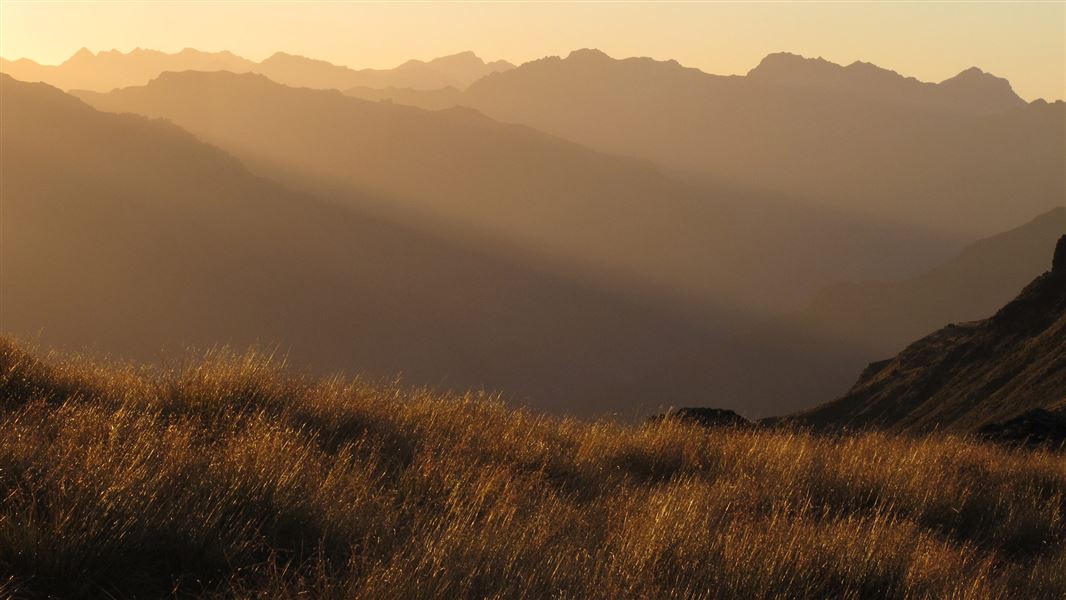
Located in the Southland region
Introduction
The park provides unique opportunities to enjoy a backcountry experience in a remote setting. The area is isolated and, for the most part, physically demanding. You can visit the tiny fragile historic Dog Box Hut.- Tramping, fishing, hunting, four wheel driving, mountain biking, horse riding, picnicking and camping are popular options in this remote and scenic landscape.
- The smallest hut in the land, Dog Box Hut captures the lost era of the horseback high country muster.
- You can stay in Beech Hut, one of the oldest musterer’s huts remaining in Southland.
- There are good camping opportunities throughout the park. The Irthing Valley Picnic Area has a toilet and barbeque areas are provided. Elsewhere campers must be more self-sufficient. There are several beech clearings near hut sites suitable for pitching tents, as well as opportunities to camp in open valleys.
- The park covers 65,160 ha of existing public conservation land and includes the headwaters of the Upper Mataura and Ōreti Rivers that eventually flow into Foveaux Strait.
- The terrain at the southern end of the park is typically more gentle than the north, with altitudes dropping to 400 m in places.
Check, Clean, Dry
Clean all gear when moving between waterways to prevent the spread of didymo and other freshwater pests.